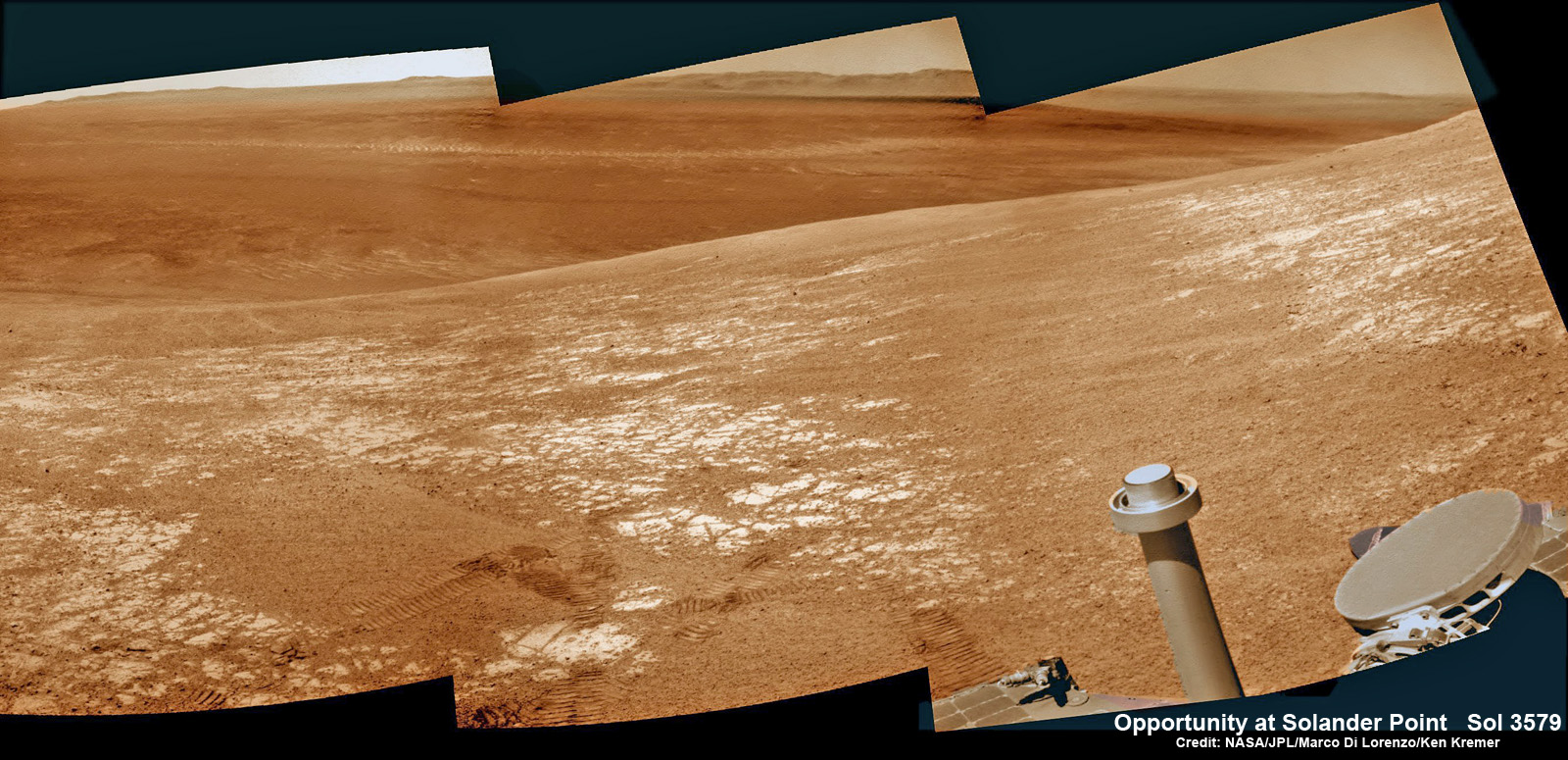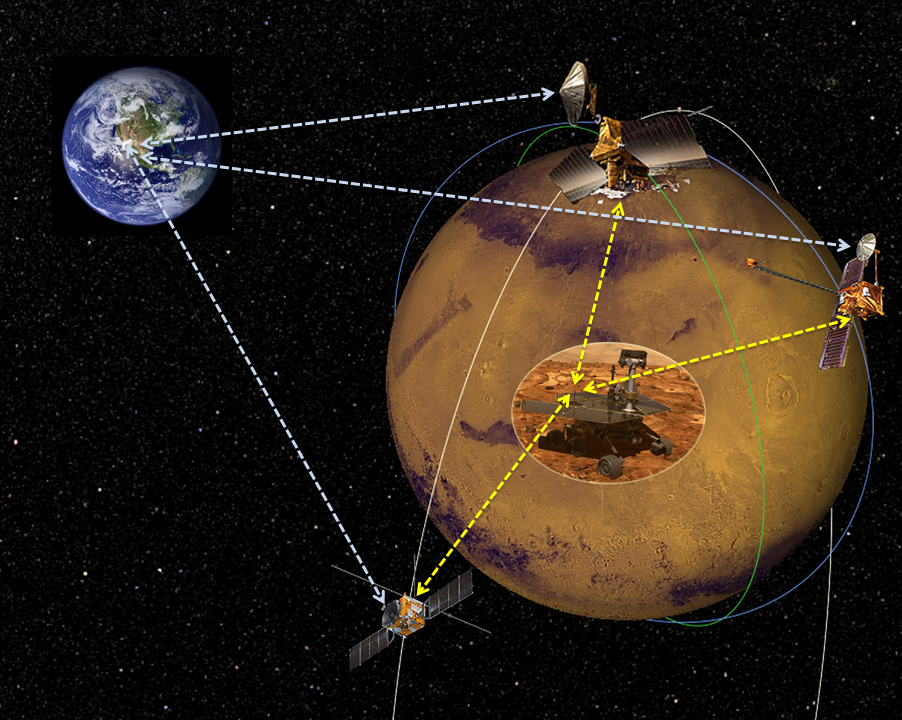
Facing the undeniable reality of a looming communications gap in the 2020s in getting gigabits of precious data back from NASA’s highly productive science armada exploring Mars, the agency is now soliciting information on the potential for utilizing commercial Mars-orbiting telecommunications satellites to provide transmission capabilities for future robotic missions to the Red Planet. And this could also be useful for Humans to Mars missions in the longer term.
“We are primarily interested in communications coverage starting in the 2020s,” Lisa May, Lead Program Executive, Mars Exploration Program at NASA Headquarters, told AmericaSpace exclusively in response to my questions about NASA’s timing and requirements.
NASA has just issued a Request for Information (RFI) to address the future telecommunications relay challenge that will arise when NASA’s current Mars orbiters may stop functioning at some unpredictable point in the next decade, or run out of maneuvering fuel.
A new Mars telecom orbiter is absolutely essential to maintaining and augmenting a reliable and robust U.S. data relay infrastructure pipeline streaming high resolution imagery and spectroscopic measurements on a daily basis from the Red Planet robotic spacecraft back to Earth—for well into the future.
NASA is looking to the private sector for innovative ideas and cost effective proposals for help in filling the future telecom gap by issuing the RFI now to get a head start.
“We are seeking information on business models that make sense for the respondents,” May told me.
“The RFI is for planning purposes, so understanding the range of options is our key objective.”
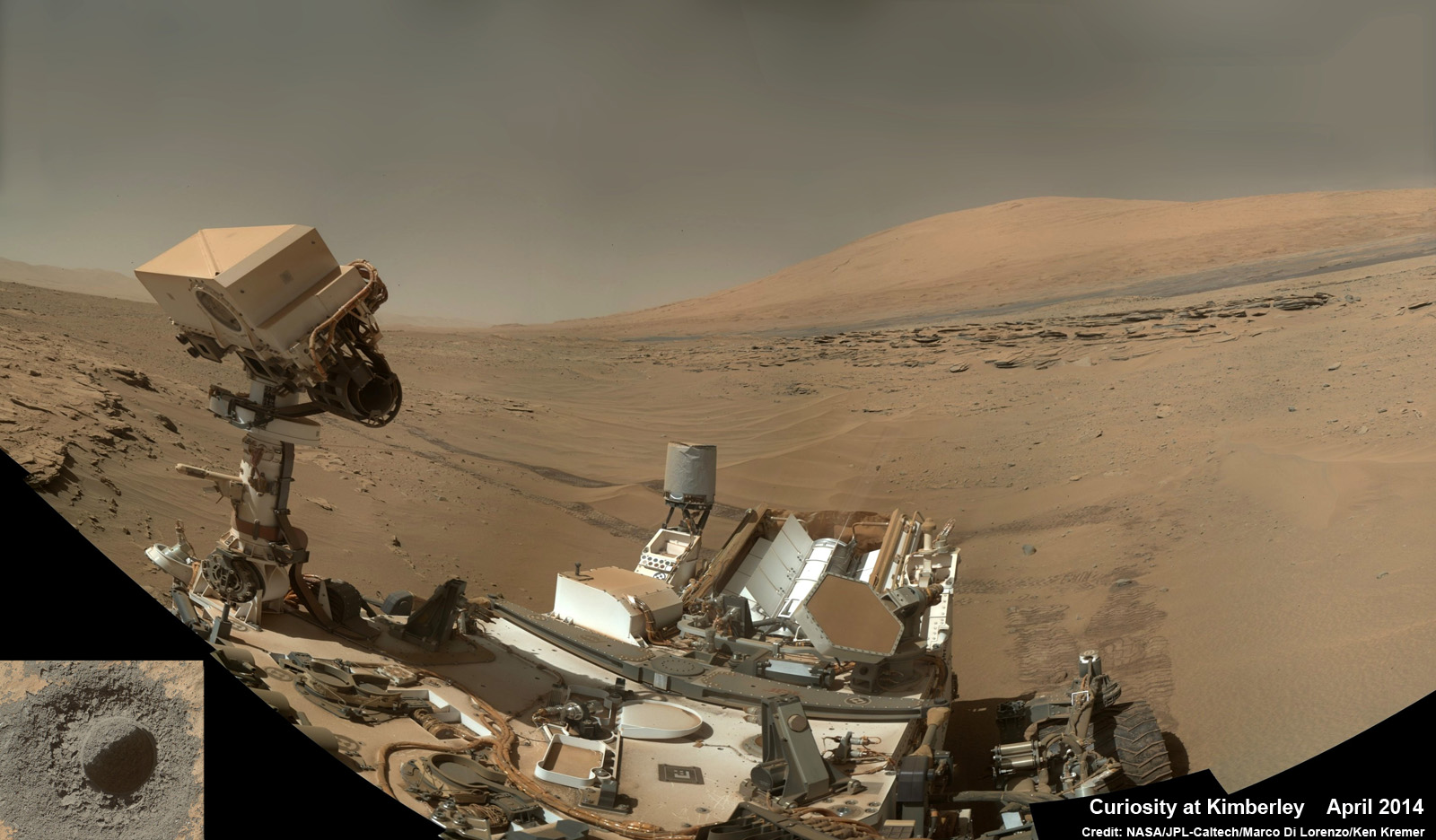
The RFI solicitation is available here. It’s open to a wide variety of commercial and government organizations “including U.S. industry, universities, nonprofits, NASA centers, and federally funded research and development centers, in addition to U.S. government and international organizations.”
Although NASA has definite plans to dispatch new Red Planet landers and rovers, including the 2016 InSight lander and 2020 Rover, the cash-strapped agency currently does not have the funding or any plan to design and launch a new science/telecom orbiter on its own to transmit the priceless and hard-won data gathered from Mars’ surface.
NASA’s goal with the RFI is to gauge whether there are any potential commercial Mars telecom providers interested and the costs to NASA in buying the services. NASA is not committing to buying anything at this time and is also not paying for the proposals.
I asked Lisa May whether any NASA funding might become available and the outlook for Mars telecommunications funding in future budget requests?
“We are in a fact-finding stage about what is possible and what the costs might be,” May replied.
“NASA’s annual Mars budget currently includes funding required to operate our existing missions, including relay services from NASA orbiters.”
“We would anticipate future budgets would continue to include all of the operating costs.”
Until now, NASA’s strategic approach has involved launching a mixed Martian fleet of science orbiters and surface explorers to maintain a constant flow of new research data.
However, NASA’s currently operating orbiter fleet is aging and comprises the Mars Odyssey (MO), launched in 2001, and the Mars Reconnaissance Orbiter (MRO), launched in 2005.
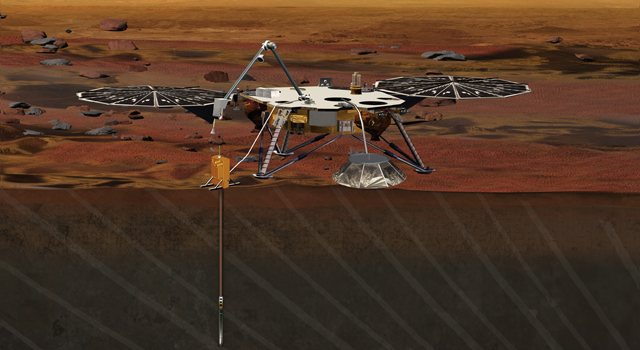
MO and MRO currently provide the essential communications link for transmitting virtually all of the imagery and measurements from NASA’s Curiosity and Opportunity rover expeditions on Mars’ surface today.
NASA’s final planned Mars orbiter, the Mars Atmosphere and Volatile EvolutioN (MAVEN) spacecraft, is scheduled to arrive in the vicinity on Sept. 21 and is equipped with the Electra telecommunications relay package to transmit data from Curiosity and Opportunity.
But even MAVEN will be more the six years old by the time NASA’s highly advanced Mars 2020 rover lands on the Red Planet with what will surely entail a voracious data relay appetite.
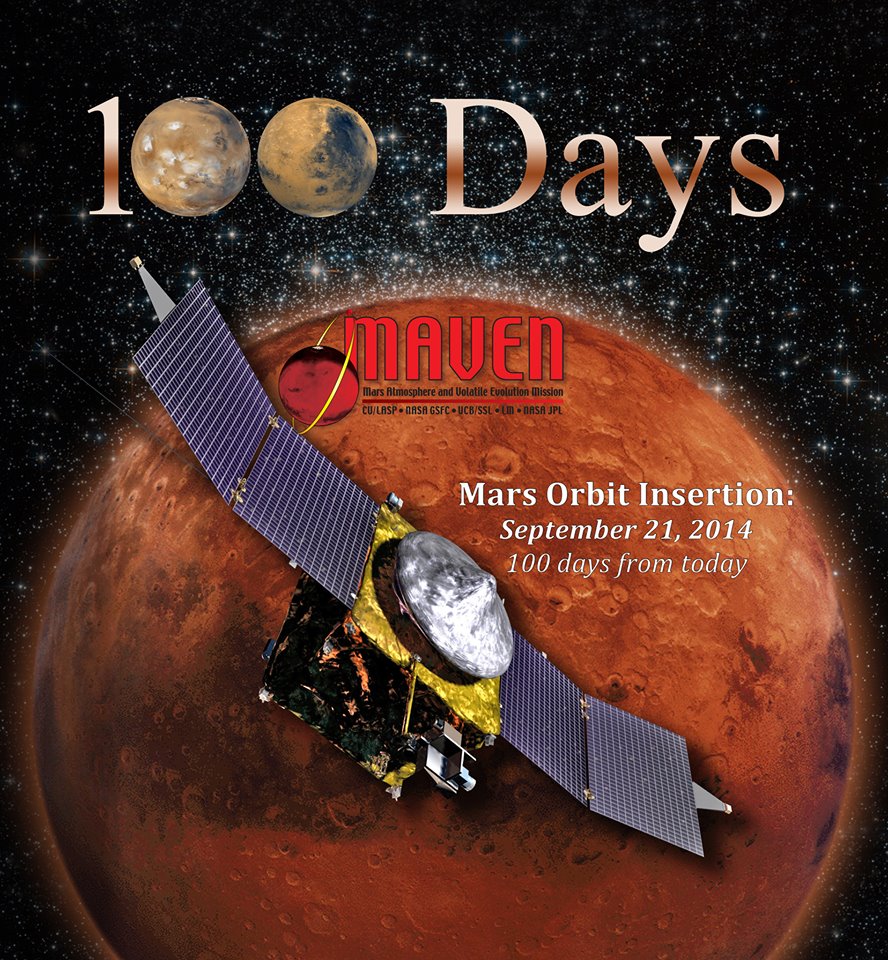
The volume of data return is in fact the Achilles heel of Mars exploration. More data return bandwidth would be invaluable even for the currently operating robotic fleet to enable even more research investigations and driving faster and further across the alien surface.
One very intriguing possibility for substantially increasing the bandwidth is implementing laser communications like that successfully tested in October 2013 on NASA’s recent Lunar Atmosphere and Dust Environment Explorer (LADEE) lunar probe.
On a prior occasion, I asked John Grunsfeld, associate administrator of NASA’s Science Mission Directorate at the agency’s headquarters in Washington, about LADEE’s LLCD laser experiment potential use on future NASA missions.
“A new laser communications system could possibly be used on the 2020 Mars rover from the surface of Mars,” Grunsfeld said.
LADEE’s pulsed laser beam experiment (LLCD) made history by transmitting data over 239,000 miles from the Moon to Earth at a record-breaking download rate of 622 megabits-per-second (Mbps).
NASA is now taking the first steps in potentially commercializing portions of its Mars program as a follow on to the hugely successful COTS and CRS commercial resupply service initiatives for the International Space Station (ISS) and the CCP initiative to develop commercial crewed “space taxis” for launching U.S. astronauts to low-Earth orbit and the ISS.
“We are looking to broaden participation in the exploration of Mars to include new models for government and commercial partnerships,” said John Grunsfeld, associate administrator of NASA’s Science Mission Directorate at the agency’s headquarters in Washington, in a statement.
“Depending on the outcome, the new model could be a vital component in future science missions and the path for humans to Mars.”
Stay tuned here for continuing updates.
Want to keep up-to-date with all things space? Be sure to “Like” AmericaSpace on Facebook and follow us on Twitter: @AmericaSpace
